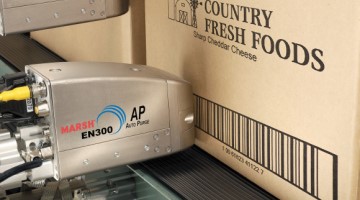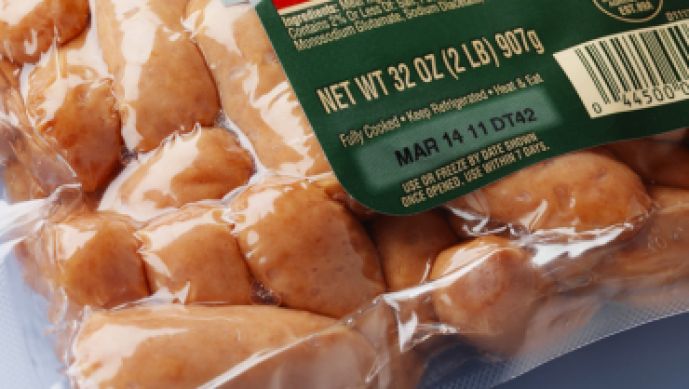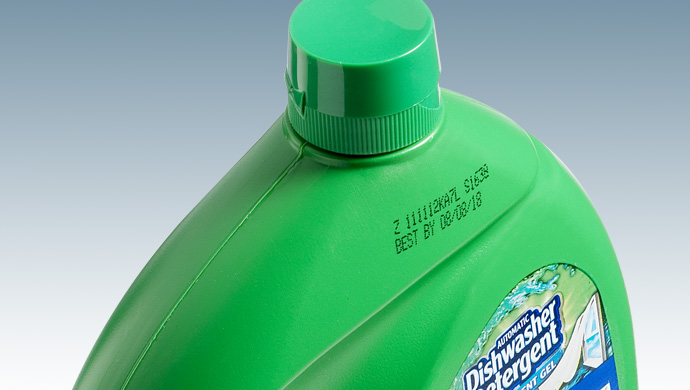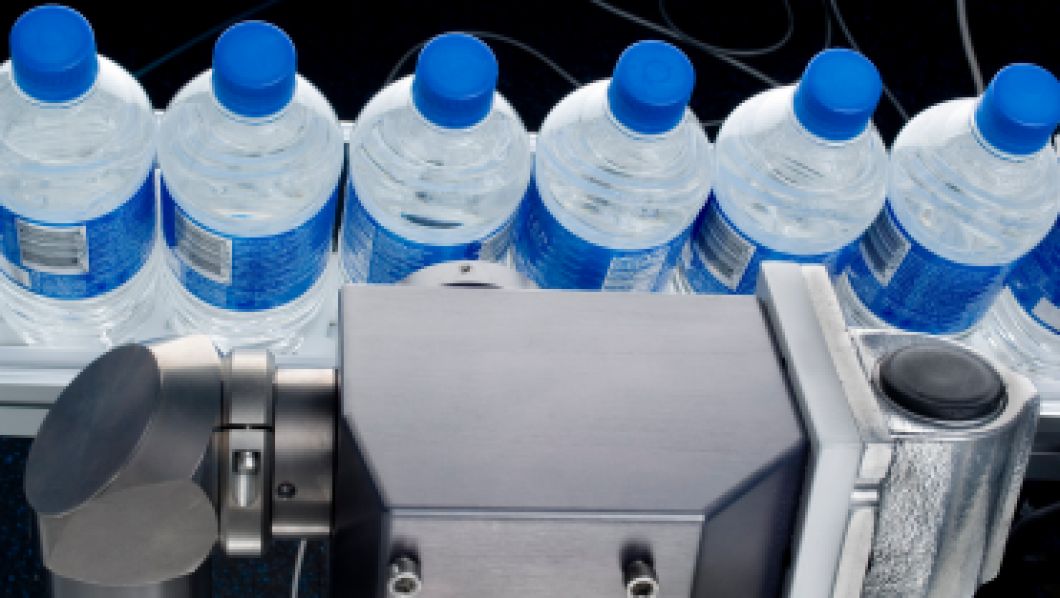Categories
Contact Us
The demand for labeling systems varies widely among companies. Virtually all companies that make and sell products need to label them, for their own inventory control needs, to meet regulatory rules and the help consumers choose the correct product for their needs. But the size of the company, the size of its markets and the extent of its distribution methods all have an effect on its labeling requirements.
A small manufacturer can usually use hand-applied labels successfully. These may be preprinted labels, or labels created by a simple print-and-apply system. A mid-sized company may require something more sophisticated to match the higher speed of its production output. But the greatest labeling challenges arise when a company becomes very large, and ships a multitude of products to a wide, even global, marketplace. Such companies require industrial labeling machines to meet their extensive labeling needs. These are highly reliable automated label applicators running at high speeds.
In recent years, while the technology of traditional print-and-apply label systems has remained essentially unchanged, automatic label print-and-apply machines have undergone extensive evolutionary changes. Design changes have reduced or even eliminated the need for operators to make mechanical adjustments, and wear parts and failure points that slowed production in the past have been removed. Machine control is more precise, and the need for a label applicator has been removed from the labeling system.
Today’s electronically controlled industrial labeling systems can print optimum quality case labels and apply them precisely on up to 150 cases per minute, hour after hour. And the process, from selection of the label content to placement of a label after assembling it and visually approving it on the label machine’s HMI screen, is digital, not mechanical.
As a result, today’s industrial automatic label machines deliver highly reliable performance combined with maintenance-free productivity.






